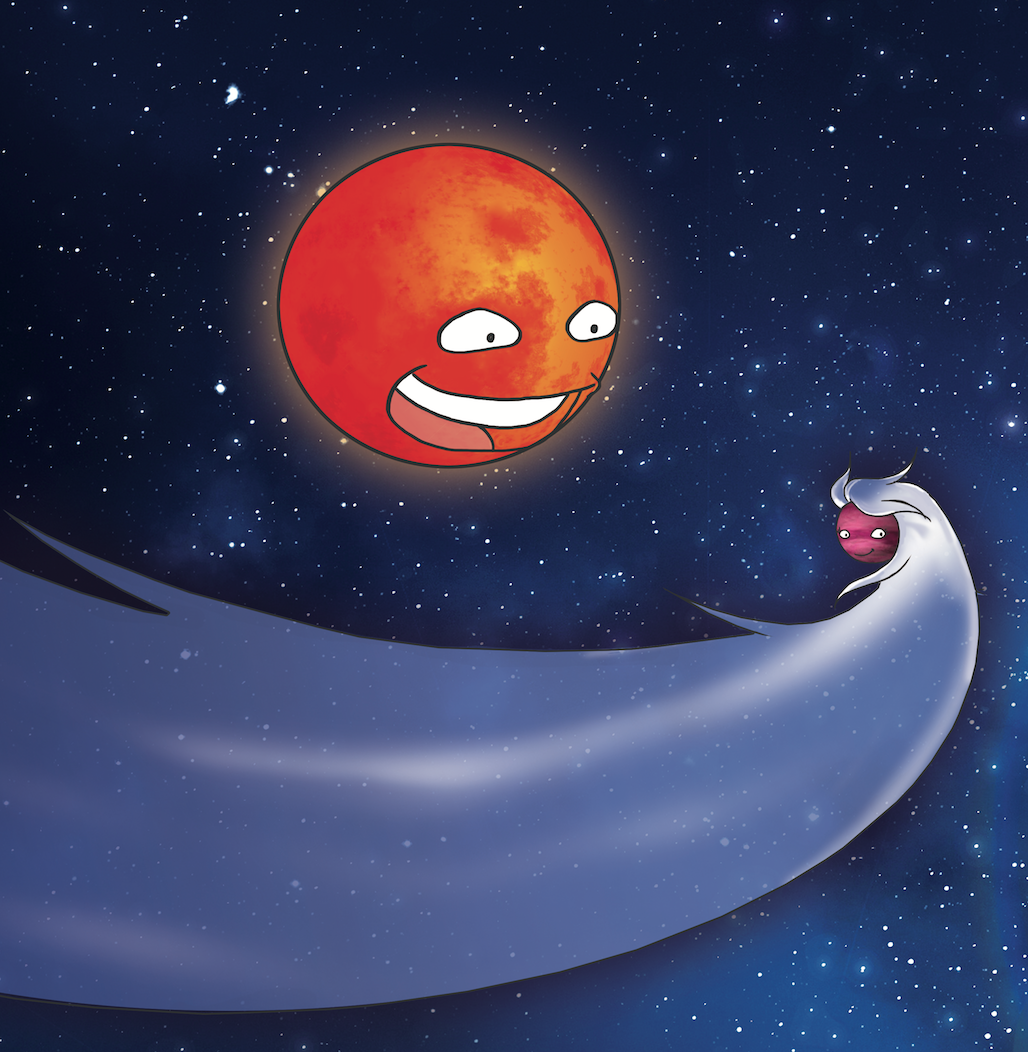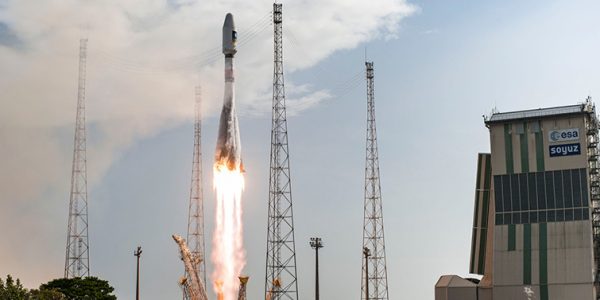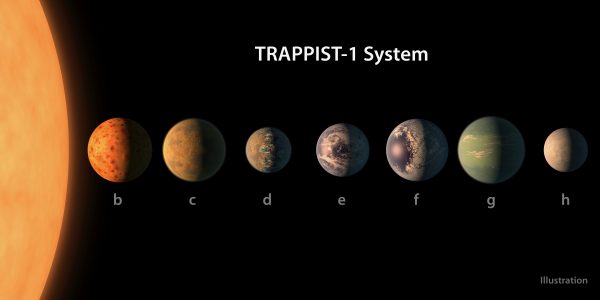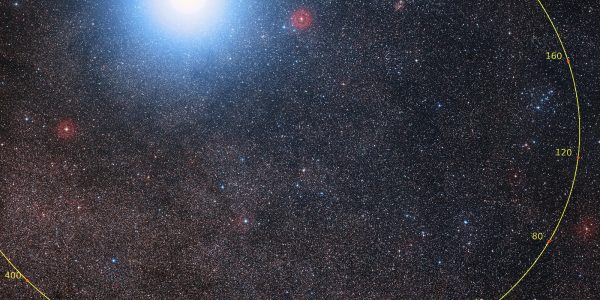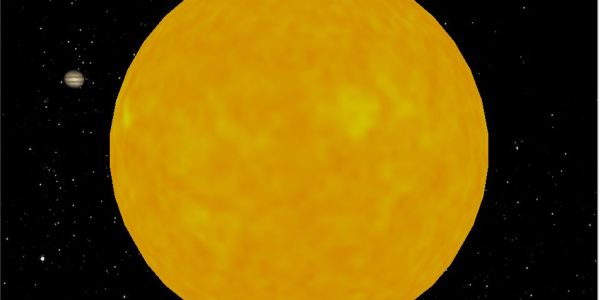Uncategorized
“Make sure that you are unique”
Ewine van Dishoeck is a pioneer in astrochemistry and one of the most famous female astronomers in the world. Invited by the Center for Space and Habitability (CSH) of the University of Bern the Dutch professor gave the CSH Distinguished Lecture 2017, had many discussions with the CSH and NCCR PlanetS scientists and advised the […]
Continue ReadingReturn of the comet-like exoplanet
Astronomers members of PlanetS have discovered a comet-like exoplanet that trails an enormous coma of gas behind it. Astronomers from the University of Geneva (UNIGE), Switzerland, also members of the PlanetS National Centre of Competence in Research, have been working on a joint project with the universities of Berne, Warwick, Grenoble Alpes and the Paris […]
Continue ReadingCHEOPS will ride on a Soyuz rocket
Now it is clear: the space telescope CHEOPS – CHaracterising ExOPlanet Satellite – will be launched with a Soyuz rocket from Europe’s spaceport in Kourou in French Guyana. The European Space Agency (ESA) has announced the decision today Thursday, 6 April 2017 The exact launch date remains to be confirmed. It is clear, however, that […]
Continue ReadingCHEOPS Model
Continue ReadingDe Naval nozzle and exoplanetary atmospheres
[gview file=”http://nccr-planets.ch/wp-content/uploads/2017/02/Quiz2.pdf”] [gview file=”http://nccr-planets.ch/wp-content/uploads/2017/02/Quiz3.pdf”]
Continue ReadingSeven terrestrial exoplanets around a nearby star
An international team of astronomers has discovered a compact analogue of our inner solar system about 40 light-years away. Brice-Olivier Demory of the Center of Space and Habitability at the University of Bern, analysed the data collected with NASA’s Spitzer Space Telescope and calculated that the newly detected exoplanets all have masses less or similar […]
Continue Reading10 times denser than gold
An international team of astronomers led by Dan Bayliss of the Observatory of the University of Geneva and member of PlanetS discovered a brown dwarf, an object that is neither a star nor a planet, with a density never seen before. Ten times denser than gold! The measured density of the brown dwarf EPIC201702477b is […]
Continue ReadingIt’s confirmed, Proxima b has three suns
A team of astronomers including Christophe Lovis, member of PlanetS, confirmed in a press release distributed by ESO that Proxima is gravitationally bound to its neighbors Alpha Centauri A and B. Since the discovery of Proxima in 1915 its proximity in the sky with Alpha Centauri and the similarity of their distance to the Sun […]
Continue ReadingHow taxpayers benefit
Click on “next” to see the first/next question. Click on the images to find out what she/he answers. The interviews were first published in the magazine “Schweizer Familie”, No. 41/2016. [interactive language=”EN”]
Continue ReadingKepler-60
Kepler-60 is a system about 2200 light-years away in the constellation Lyra. It is made of a star a bit larger than the Sun (1.1 solar masses and 1.5 solar radii) and at least three planets. This system is peculiar since the three planets seems to be close to a Laplace-like resonance. Indeed, when the central planet (Kepler-60 c) revolves 4 times around the […]
Continue Reading

